Exploiting tragedy to attract views
The capsized tourist boat Blue Bay 58 (QN-7105) in Ha Long Bay on the afternoon of July 19, killing 35 people and leaving four missing, has shocked public opinion.
While authorities and the victim's family are trying to search and overcome the consequences, some accounts and fanpages on social networks have taken advantage of this tragedy to "attract views", causing outrage in the community.
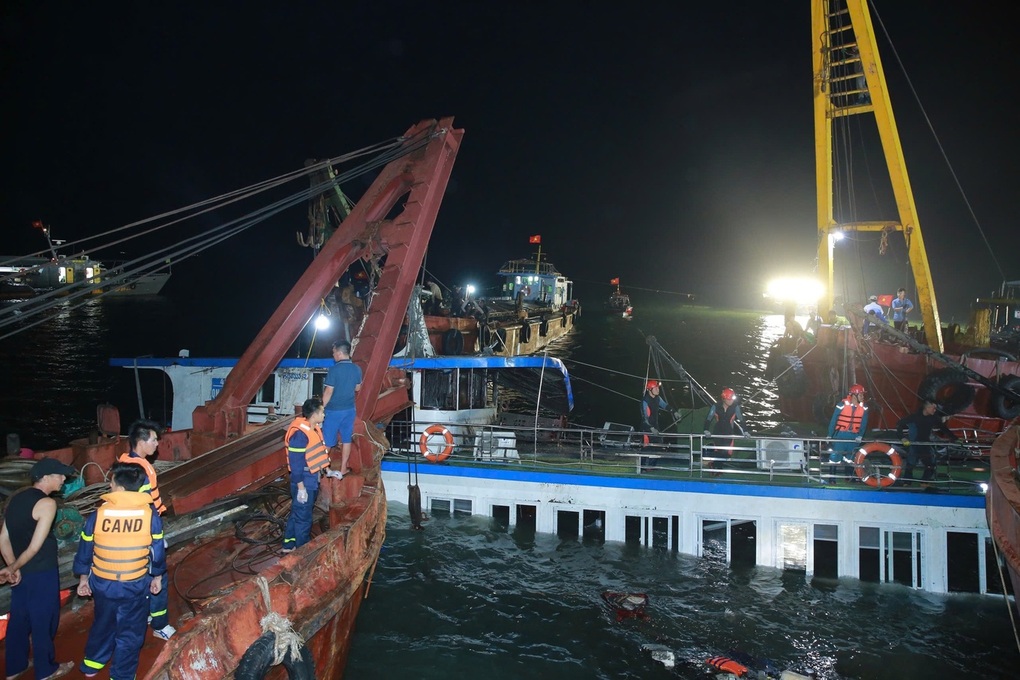
The Green Bay ship was salvaged by authorities (Photo: Minh Khoi).
Immediately after the accident, many posts on social media expressed deep condolences. However, some fanpages, typically the MCO fanpage, took advantage of this event to create sensational content, attracting interactions.
This fanpage regularly uses artificial intelligence (AI) technology to create illustrations for fictional, dramatic stories related to the shipwreck.
As of 10:30 p.m. on July 20, the MCO fanpage had posted more than 10 articles with keywords such as "ship sinking" and "Ha Long Bay". The content of the articles recounted tragic stories, describing in horrifying detail the disaster and the moments of life and death, making readers easily mistake these for true stories.
To keep readers engaged, these articles often contain vague narratives and ask viewers to click on links in the comments section to continue reading. When clicked, users are redirected to a “Good News” website with numerous ads covering the screen.

A series of AI-generated images posted on the MCO fanpage can easily cause misunderstandings related to the shipwreck in Quang Ninh (Photo: Screenshot).
It is worth mentioning that although the articles have small text saying "These are fictional details" or "Images are for illustrative purposes only", many social media users still cannot distinguish between truth and falsehood, leaving comments mourning the characters in the story, mistakenly thinking they were victims of the real shipwreck.
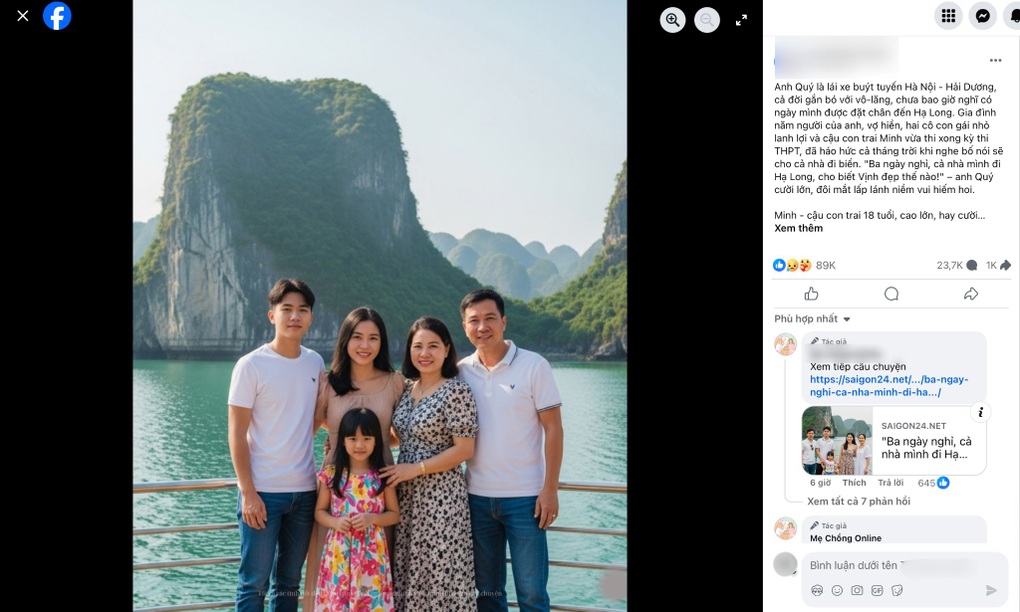
The article attracted a huge number of interactions thanks to a fake story, using AI to create illustrations (Photo: Screenshot).
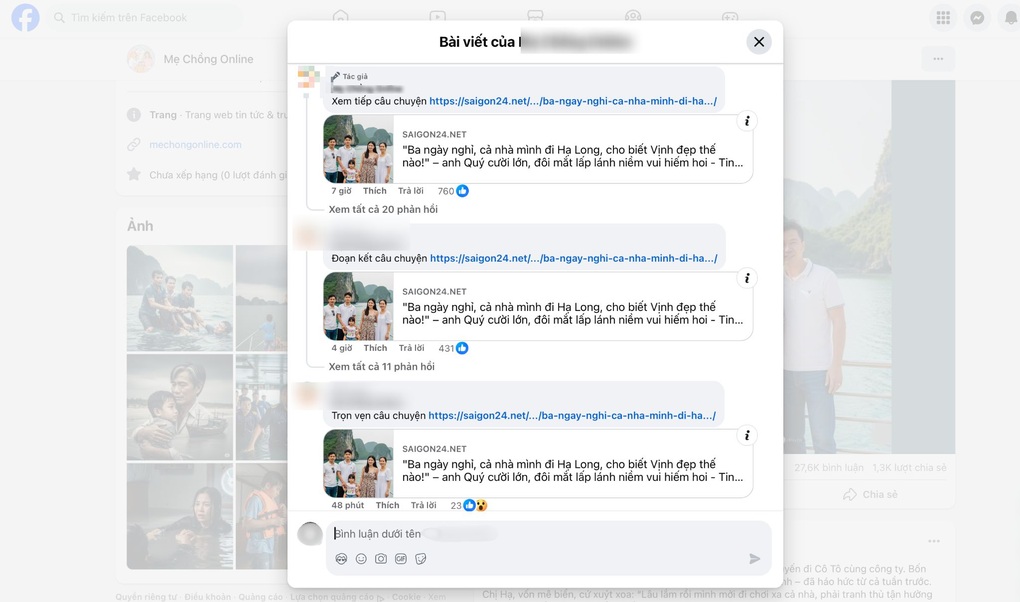
Links to continue reading the story in the comments section can potentially pose many risks to users (Photo: Screenshot).
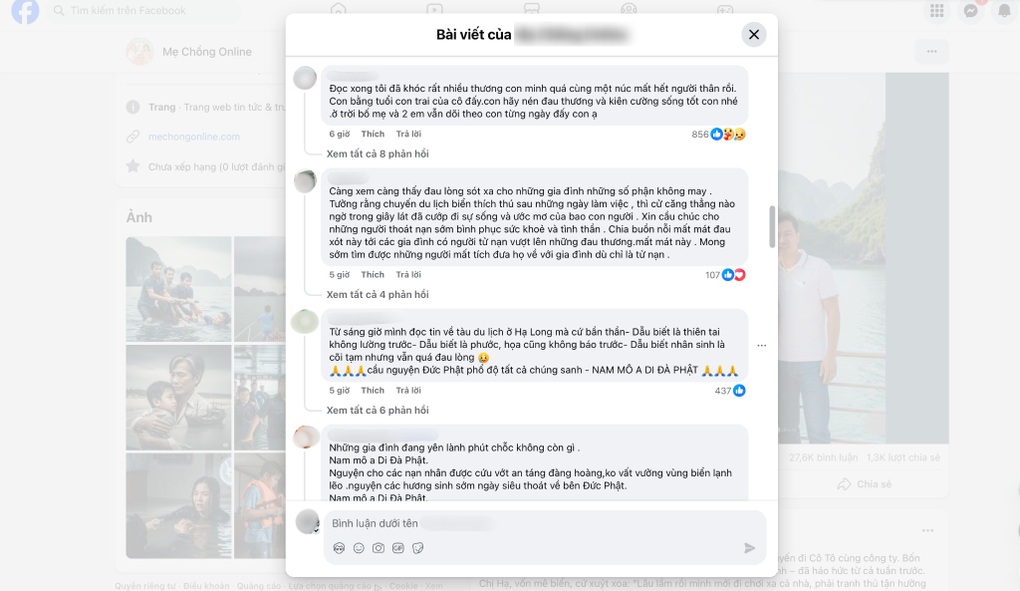
Many people left comments mourning the unfortunate victims without knowing that this was a fictional story created by AI (Photo: Screenshot).
Outrage at profiteering
Many social media users have expressed their anger and frustration at the act of profiting from the pain of others. They believe that creating empty content and attracting views based on tragedy is an unacceptable act.
Some personal accounts even posted videos created with AI, simulating the scene of a sinking ship and victims falling into the sea, with the caption "Reconstructing the scene of a tourist boat accident in Quang Ninh", causing great misunderstanding and outrage.
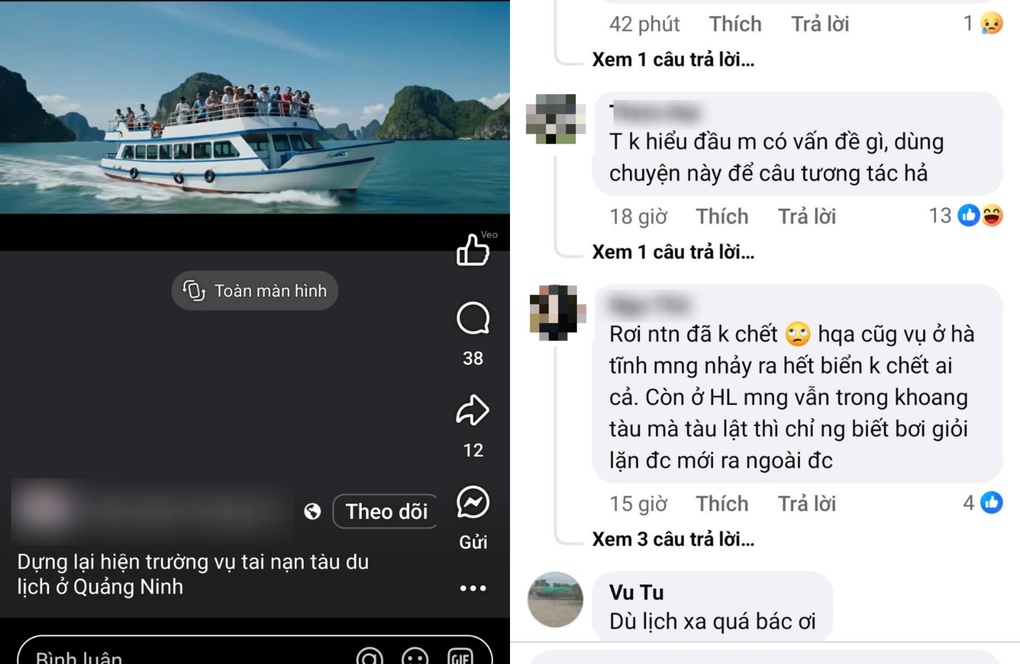
Many people are upset with the AI content about the ship capsize in Ha Long (Photo: Screenshot).
This incident once again sounds the alarm about the rampant fake news and AI-generated content on social media.
With the rapid development of AI tools, fake images and videos are becoming more and more realistic, making it difficult for users to distinguish between real and fake.
To avoid helping bad guys take advantage of trust for personal gain, social network users need to equip themselves with effective "information filters".
Always be cautious, check the source and verify the authenticity of the content before trusting or sharing. Raising awareness is extremely necessary in the current chaotic information environment.
Source: https://dantri.com.vn/cong-nghe/phan-no-hanh-vi-su-dung-ai-cau-tuong-tac-tu-vu-lat-tau-o-quang-ninh-20250721071757153.htm


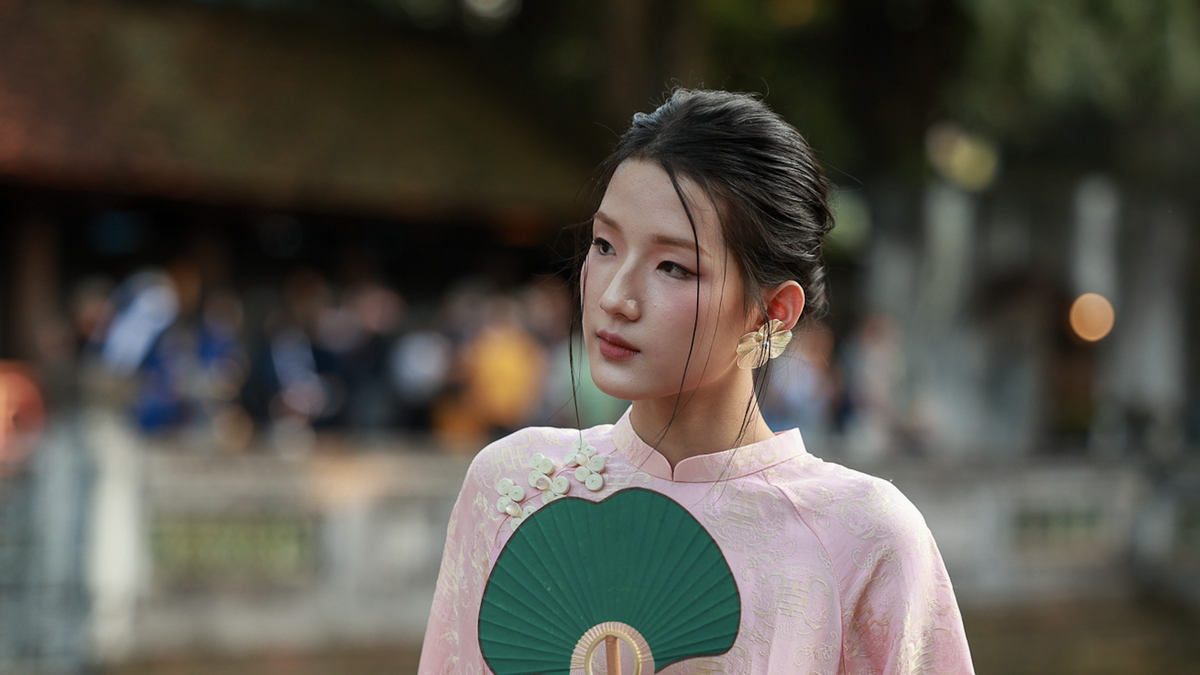
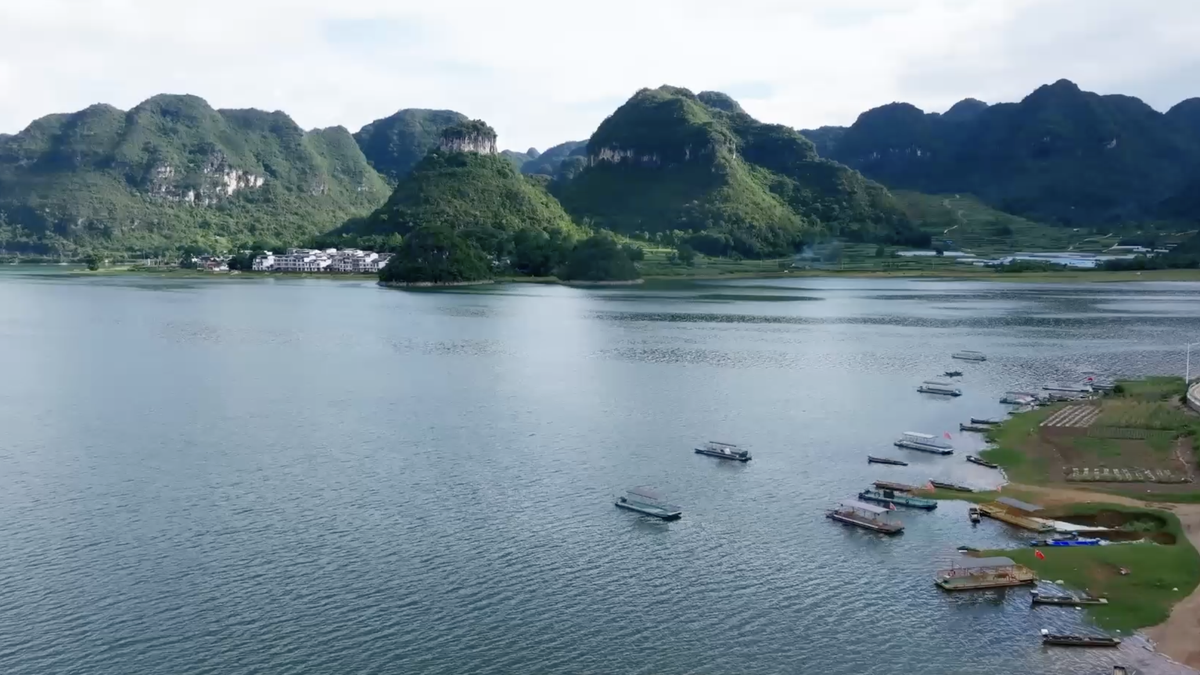



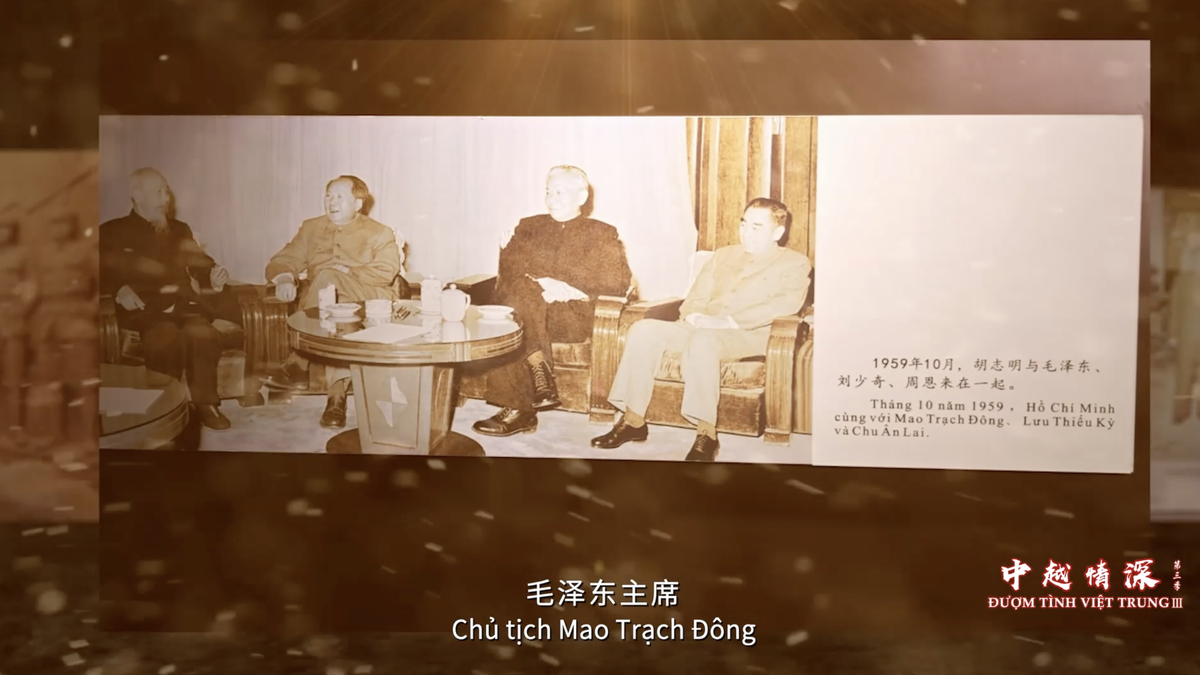




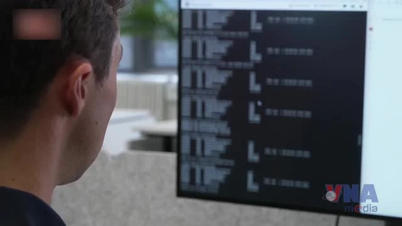



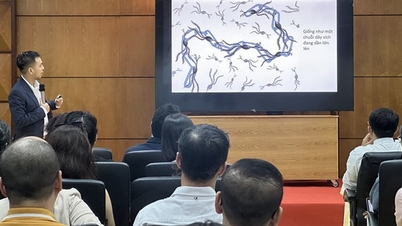

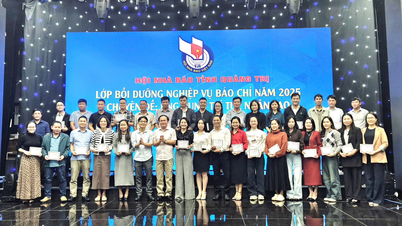




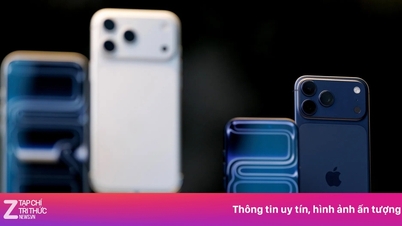


















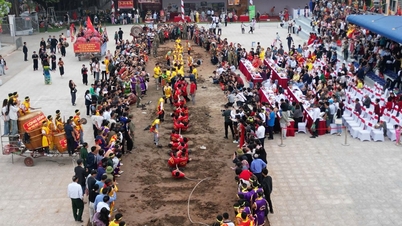

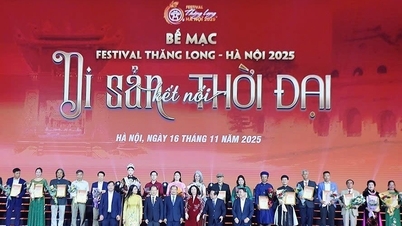


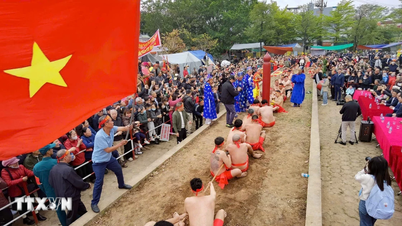
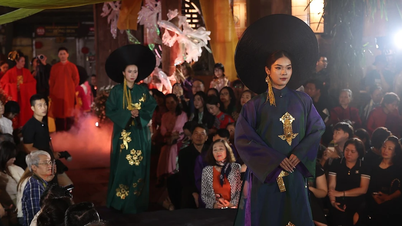








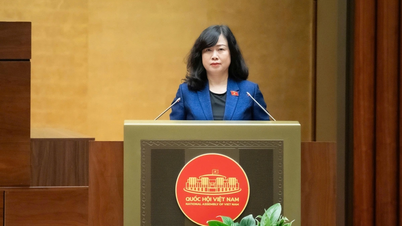

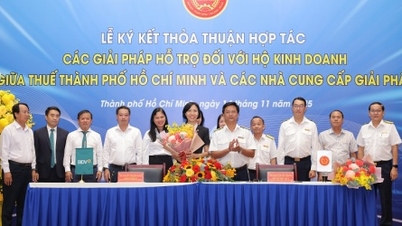


























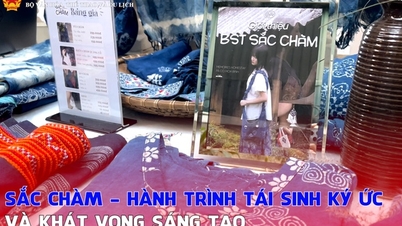




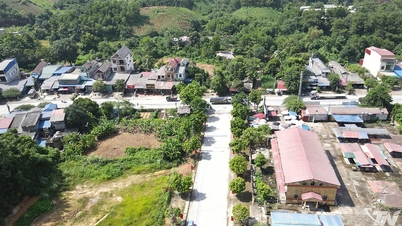

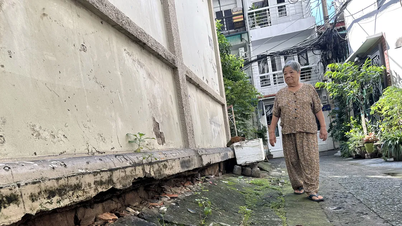


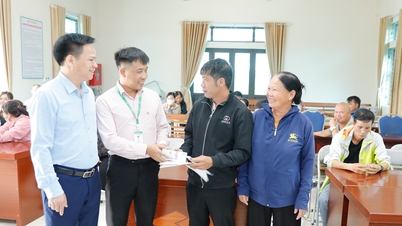


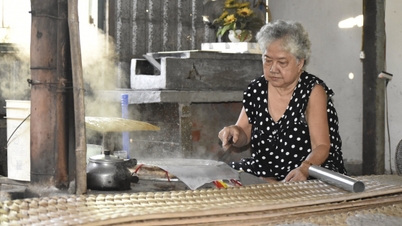


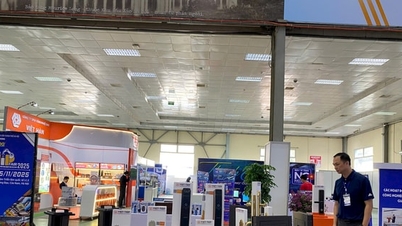









Comment (0)